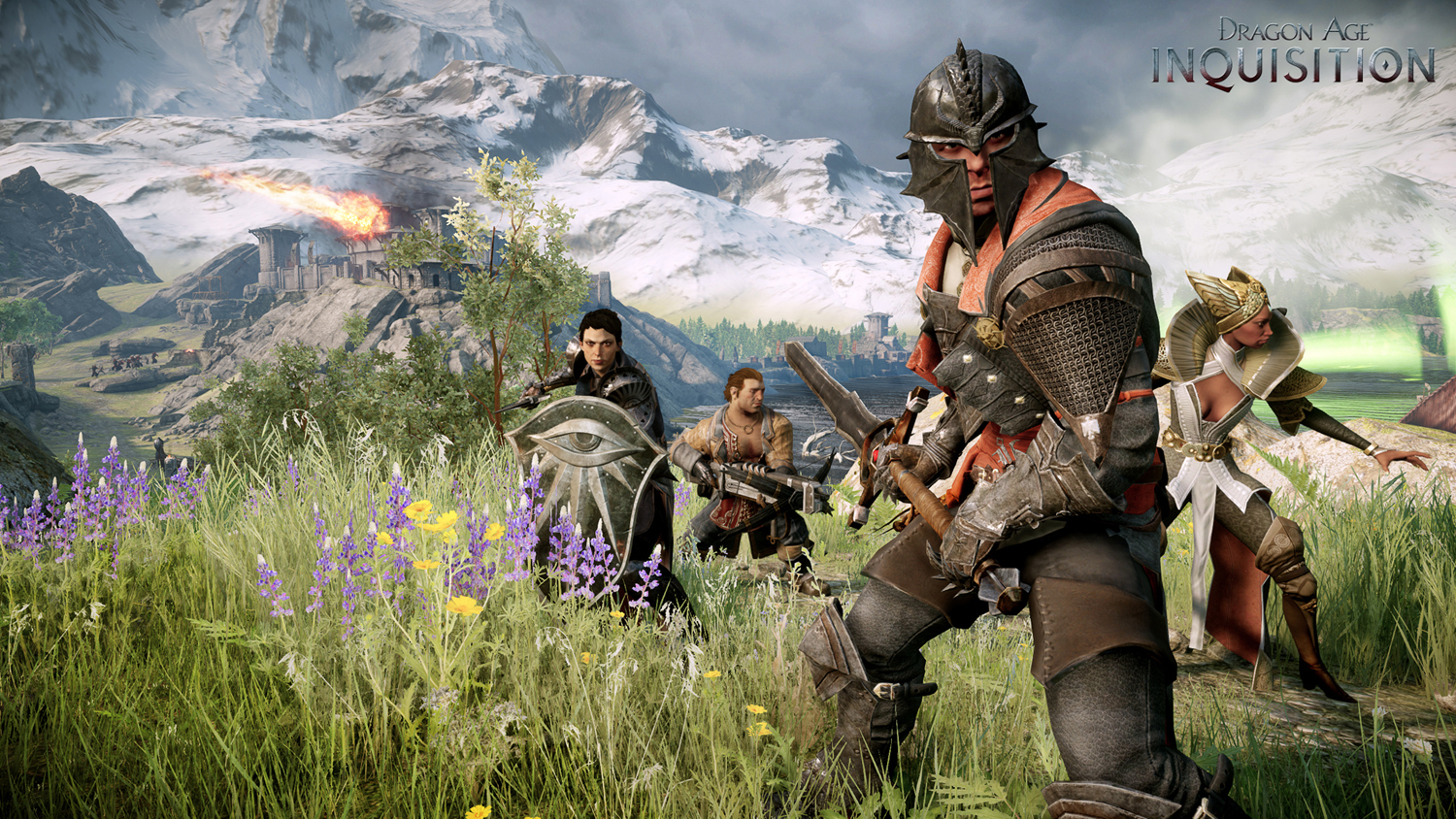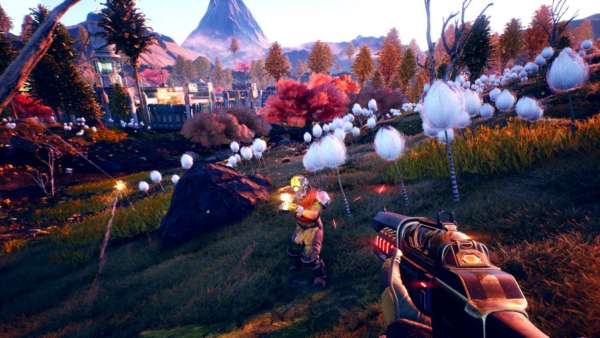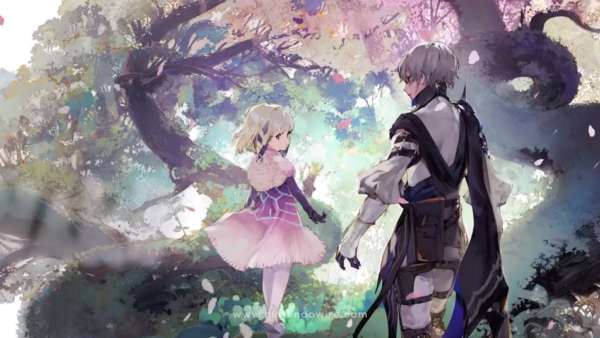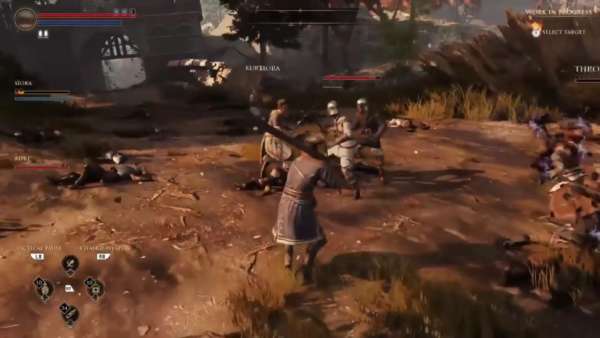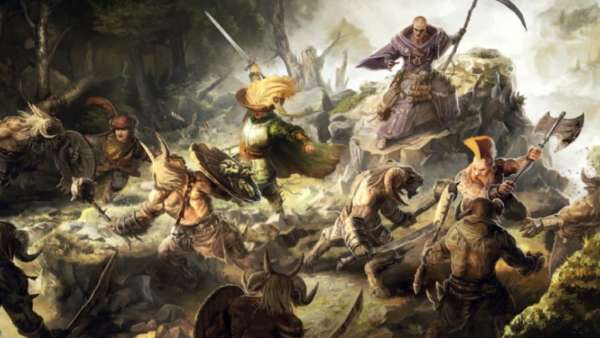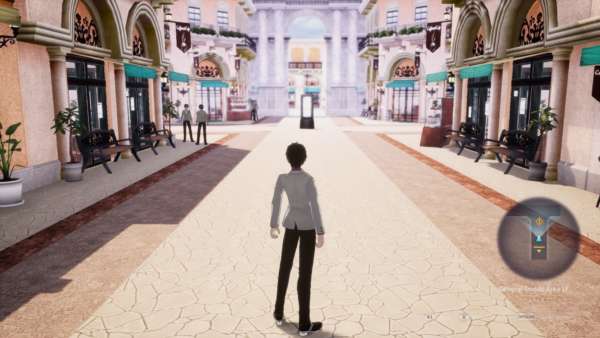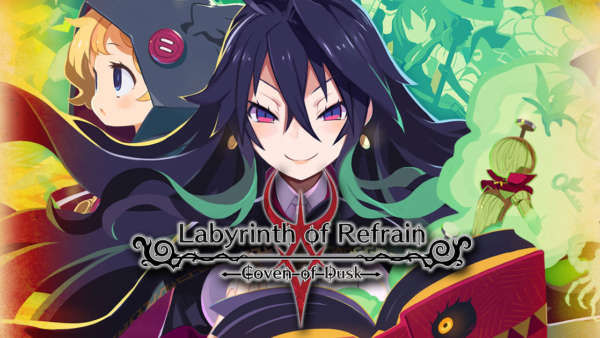There has always been one thing that has bothered me about RPGs. This is a genre based around the size and scope of a world, full of wonderfully written characters to spend upwards of 100+ hours with sometimes. As the name denotes you play a role, you fill a space in that world that is pre-defined and as such needs to be polished to a high standard. These universes are filled with history and context to sink your teeth into. Given all of this there is still one problem though, a single nagging issue I have always had since I first played Phantasy Star 2 on a Best of Sega compilation for my PC years and years ago. Why isn’t there more of it?
I don’t mean this in a selfish “I want more game dammit” kind of way, I mean it in a “shouldn’t there be more” way. This thought mostly applies to JRPGs, but a few western ones trickle through. In these countless fields and mountains you trek across, from over-world to continuous landscape, I always ponder on the same thoughts. Where are the hamlets, the villages, the outposts and country houses? Where are the traders and the travellers, the homeless and the wanderer’s? Many games push you from major city to another city, only finding it relevant to locate a tiny village when the story needs a cosy moment. With worlds as detailed as the ones we find ourselves in, with established economics and lore full of major events and locations, how come there are never that many minor settlements?
Dragon Age: Inquisition Will Have Smaller Area For Each Country, Skipping Over The Need To Create One Huge Explorable Map
Well the answer is easy, but it isn’t a satisfying one; they can’t be put in game. It is as simple as that. Take Final Fantasy VII for example. The game had a great over world to explore filled with adventure, but if you look at many of the continents there are only 3-4 settlements on each with no major roads between them. Surely that couldn’t be enough support the world we are shown to exist. How are goods transported? Cid has a plane, but how come we don’t see any more? Are there other villages? Well the answer to all of these questions aren’t given. In the other games set in the same place we see more of the world, including smaller towns and settlements, but the specifics are left vague to focus on the storyline.
These things couldn’t be done and they would have served no purpose. The PS1 had limited power and space which couldn’t support all this additional content, and so we were left to infer all of this from our imaginations. That never stopped me wondering though, where was my world? These things came with age and different design approaches.
More recently RPGs haven’t focused on an entire world as a setting, but rather specific points on smaller areas set within that world. Dragon Age: Origins takes place within one country of a much larger world, and within this space they detailed how everything worked and fit together. We saw farmland, hamlets, cities and more. Every hole was filled, or at least as far as my mind could tell and the game seemed designed to do just that. Books lay in the open giving walls of text about how goods were transported and the politics of each nation. If you had a question there was a chunk of text to give you the answer. The only issue came from each location being a marker on a map, with a few random encounters thrown in between. It all felt disconnected, parts with no whole.
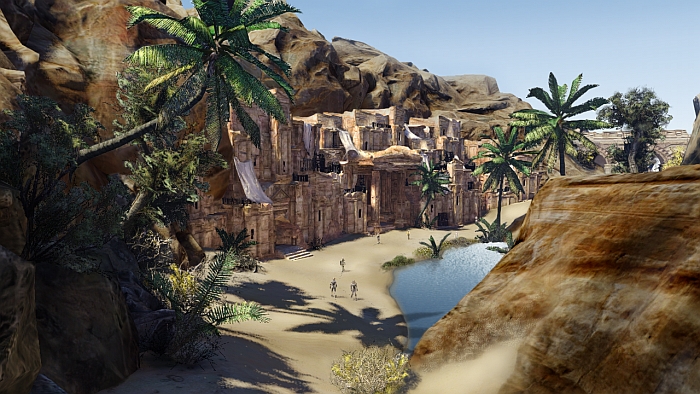
Lightning Returns: Final Fantasy XIII Will Feature Four Zones That Represent A Whole World, Is This The Current Way forward?
In my mind the game which filled out the world the best was Final Fantasy XII. While not my favourite of the series, Ivalice carved its own identity that placed itself apart from the series through the setting. Every location linked together, starting with the deserts around the capital of Rabanastre and expanding into a network of interwoven jungles and forests. Through exploration and story progression you saw every corner of the nation and beyond. It gave an amazing feeling of space as you understood the geography of the world before you.
Almost every location had outposts and travelers going about their day. While it is all rather static and simplistic now, it still gives the impression of a living, breathing world. Simple touches like being able to travel along the airship network that appears overhead in most towns is given credence as its use as the games fast travel network.
For a game set in one country, it does more to deepen and enrich the setting than games taking part across an entire world. This is not to say that games which don’t go to this level of detail are bad, far from it. Final Fantasy VII and games of similar design can still be amazing titles, but my mind will always think “where are the farmers’ fields, the country houses and the villages nestled in the shadow of mountains?” For many it is these little details that can ensnare them and make them fall in love with a game, and for others it isn’t a bother.
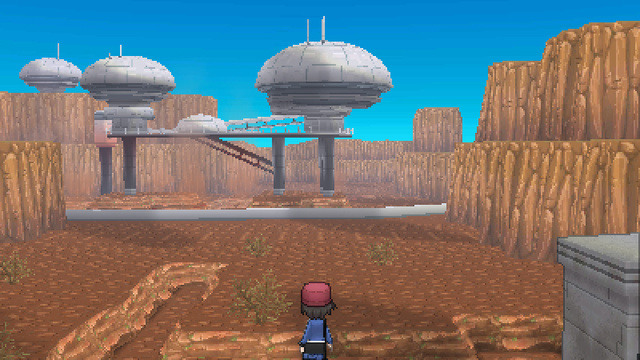
Pokemon Gets A Good Mix Of Cities To The Space We Are Given, Leaving A Real Impression Of A Complete World
Really it is all just context, does the world need that detail, and if so how do you implement all the extras without bogging down the central experience? Many games do this through making everything bar the central narrative specific questions or books. As we move forward into the next-gen perhaps we will find new ways of doing this, but right now I feel where we are is fine.
What do you think? Do you think RPG’s need to go back to a time of world maps, or do you prefer a different way of doing things? Let us know in the comments.
